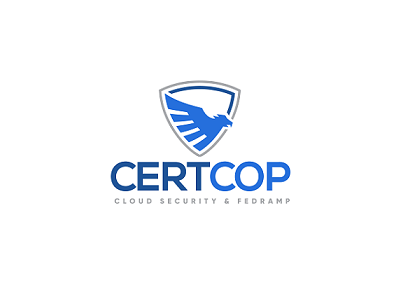Cloud Security & FedRAMP

Training Date
05/06/2024
05/13/2024
06/24/2024
07/08/2024
08/12/2024
09/09/2024
10/07/2024
11/04/2024
12/16/2024
Training Time
9:00 am
9:00 am
9:00 am
9:00 am
9:00 am
9:00 am
9:00 am
9:00 am
9:00 am
Training Location/Time Zone
Class Room/Virtual live
| Date | Location |
| 08-APR-2024 — 12-APR-2024 | Chicago/Virtual Live Instructor-led (CST) |
| 06-MAY-2024 — 10-MAY-2024 | Reston, VA/Virtual Live Instructor-led (EST) |
| 13-MAY-2024 — 17-MAY-2024 | Markham, ON/Virtual Live Instructor-led (EDT) |
| 24-JUN-2024 — 28-JUN-2024 | Tampa, FL /Virtual Live Instructor-led (EST) |
| 08-JUL-2024 — 12-JUL-2024 | Las Vegas, NV/Virtual Live Instructor-led (PST) |
| 12-AUG-2024 — 16-AUG-2024 | Chicago/Virtual Live Instructor-led (CST) |
| 09-SEP-2024 — 13-SEP-2024 | Reston, VA/Virtual Live Instructor-led (EST) |
| 07-OCT-2024 — 11-OCT-2024 | Las Vegas, NV/Virtual Live Instructor-led (PST) |
| 04-NOV-2024 — 08-NOV-2024 | Markham, ON/Virtual Live Instructor-led (EDT) |
| 16-DEC-2024 — 20-DEC-2024 | Las Vegas, NV/Virtual Live Instructor-led (PST) |
Interested in Customized Group Training? Group Discount available! click here to know more.
NOTE: All classes run from 9 AM to 4 PM. Start time can be modified according to client requirements.
